Table of content
Thorny bamboo shoots, known for their crisp texture and earthy flavor, are a beloved ingredient in many cuisines. However, their natural bitterness and tough fibers make proper preparation essential. Soaking is a critical step to transform these prickly delights into a tender, delicious dish. This guide will walk you through a straightforward method to soak thorny bamboo shoots, ensuring they retain their unique taste while becoming irresistibly palatable. Whether you’re a seasoned cook or a curious beginner, this approach balances simplicity and gourmet results.
Understanding Thorny Bamboo Shoots
Before diving into the soaking process, it’s important to grasp why thorny bamboo shoots require special handling. These shoots, harvested from certain bamboo species, are encased in a hard, spiky outer layer. Inside lies a tender core, but raw, it contains cyanide compounds and astringent tannins that make it inedible. Proper soaking neutralizes these toxins, softens the fibers, and mellows the bitter taste.
Tools and Ingredients You’ll Need
To soak thorny bamboo shoots effectively, gather the following:
- Fresh thorny bamboo shoots: Choose firm, unblemished shoots with tight outer layers.
- A sharp knife: For trimming and peeling.
- A large pot: For boiling.
- A spacious bowl or container: For soaking.
- Water: Preferably filtered or spring water to avoid chlorine interference.
- Salt: A basic seasoning to enhance flavor and aid in preserving.
- Optional additives: Rice bran, lemon juice, or vinegar for accelerated soaking (explained later).
Step-by-Step Soaking Process
Preparing the Shoots
Start by removing the tough outer layers of the bamboo shoots. Use a knife to slice off the spiky tip and peel away the fibrous, hairy outer shell. Work carefully to avoid injury—the edges can be sharp. Continue peeling until you reach the pale yellow or white inner core. Rinse the peeled shoots under cold water to eliminate any residual debris.
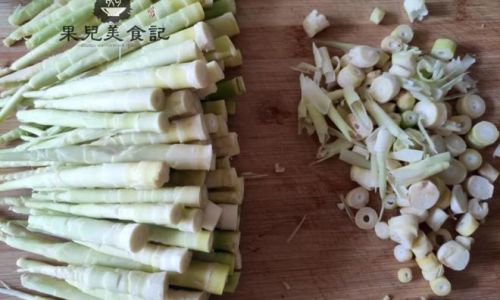
Boiling to Soften and Remove Toxins
Place the cleaned shoots in a large pot and cover them with water. Add a tablespoon of salt per liter of water to draw out impurities. Bring the water to a rolling boil, then reduce the heat to a simmer. Cook the shoots for 20–30 minutes, depending on their size. Larger shoots may need up to 45 minutes. The goal is to soften the fibers without overcooking, which can make them mushy.
Pro Tip: Skim off any foam that rises to the surface during boiling. This foam contains impurities and bitterness.
Cooling and Initial Soak
Once cooked, drain the shoots and immediately transfer them to a bowl of ice-cold water. This stops the cooking process and preserves their vibrant color. Let them cool for 10–15 minutes. After cooling, drain the water and refill the bowl with fresh, cold water. This marks the beginning of the soaking phase.
The Soaking Stage
The duration of soaking depends on your desired texture and flavor. For a mild taste and tender crunch, soak for 8–12 hours. For a stronger, more traditional flavor, extend it to 24 hours. Change the water every 4–6 hours to prevent souring and to continuously leach out bitterness.
Optional Enhancements:
- Rice Bran Soak: Add a handful of rice bran to the water. The bran’s enzymes accelerate the breakdown of tannins, reducing bitterness faster.
- Acidic Soak: Squeeze lemon juice or vinegar into the water (1 tablespoon per liter). The acidity helps soften fibers and brightens the flavor.
Final Rinse and Storage
After soaking, rinse the shoots thoroughly under running water. Pat them dry with a clean cloth. At this point, the shoots are ready to use in recipes like stir-fries, soups, or pickles.
If not using immediately, store them in an airtight container filled with fresh water. Change the water daily to maintain freshness. Properly stored, they can last up to a week in the refrigerator.
Flavor Variations and Culinary Uses
The beauty of soaked thorny bamboo shoots lies in their versatility. Here are some ways to elevate their flavor:
- Savory Broth Soak: Replace plain water with vegetable or chicken broth during the final soak. The shoots absorb the broth’s richness, adding depth to dishes.
- Spicy Infusion: Add sliced chili peppers, garlic, and ginger to the soaking water for a fiery kick.
- Sweet and Sour Twist: Incorporate a pinch of sugar and a splash of rice vinegar during soaking. This balances the earthiness with a pleasant tang.
Once soaked, try them in:

- Stir-Fries: Pair with mushrooms, bell peppers, and soy sauce.
- Soups: Add to miso soup or clear broth for a crisp contrast.
- Salads: Slice thinly and toss with herbs, lime, and sesame oil.
Troubleshooting Common Issues
-
My shoots are still bitter!
Extend the soaking time and change the water more frequently. Adding rice bran or vinegar can also help. -
The texture is too soft.
Reduce boiling time next time. Overcooking during the initial blanching phase often leads to mushiness. -
Discoloration occurred.
Ensure you use cold water for the initial soak after boiling. Warm water can cause oxidation, leading to a grayish hue.
Why This Method Works
This approach balances tradition and practicality. Boiling neutralizes toxins and softens fibers, while soaking removes residual bitterness without diluting flavor. The optional additives cater to different palates, allowing customization. By breaking the process into clear steps, even novices can achieve professional results.
Cultural Context and Sustainability
In many Asian cultures, soaking bamboo shoots is a ritual passed through generations. It connects us to ancestral wisdom and seasonal harvests. Opting for fresh, locally sourced shoots reduces carbon footprint and supports sustainable agriculture. Additionally, the soaking liquid (after the first boil) can be repurposed as plant fertilizer, minimizing waste.
Conclusion
Soaking thorny bamboo shoots is an art that rewards patience and attention to detail. By following this guide, you’ll unlock their full potential—turning a prickly, astringent vegetable into a culinary treasure. Whether you’re crafting a simple side dish or an elaborate feast, these soaked shoots will add a delightful crunch and depth of flavor. Experiment with seasonings, embrace the process, and savor the satisfaction of transforming nature’s bounty into something extraordinary.
Final Tip: For rushed cooks, pressure-cooking can reduce boiling time to 10 minutes. However, adjust soaking duration accordingly to retain texture.
With this method, even the humblest of ingredients becomes a testament to the joy of cooking—simple, respectful, and utterly delicious.
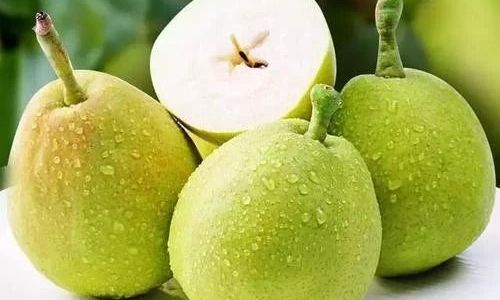
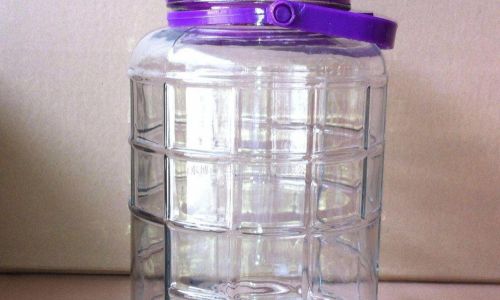

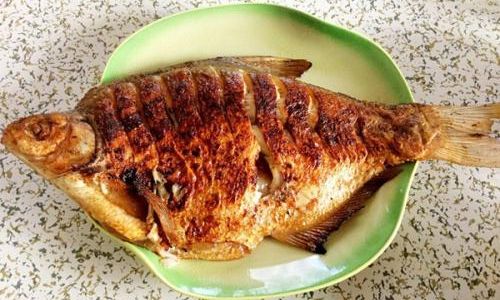
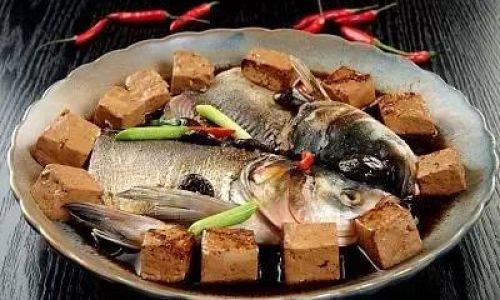
0 comments